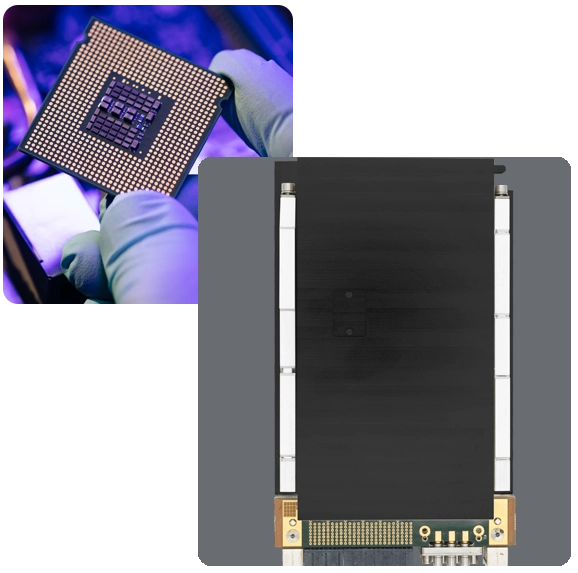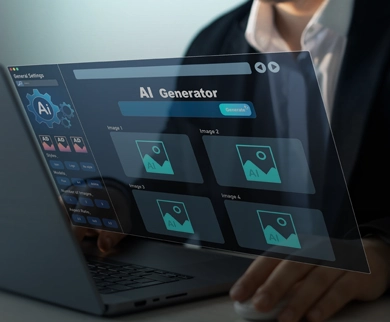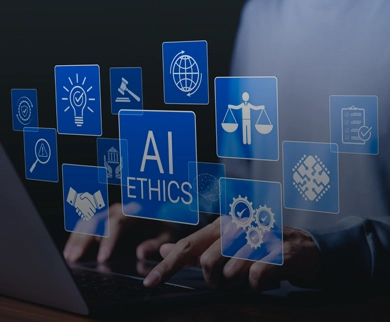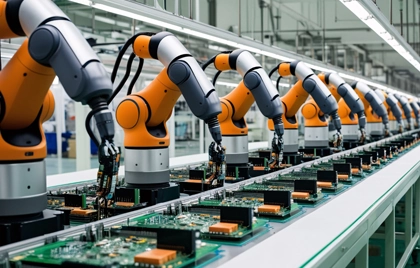
Tech innovation ecosystem
Exploring the convergence of digital transformation technologies across enterprise environments
The technological landscape continues to evolve rapidly, creating unprecedented opportunities for business innovation and operational excellence. Artificial intelligence, quantum computing, and extended reality technologies have matured beyond experimental phases to become essential components of enterprise strategy. Organizations leveraging these technologies are achieving significant competitive advantages through enhanced decision-making capabilities and streamlined processes.
Digital transformation strategies
Business process optimization through integrated technology frameworks

Enterprise systems Solutions
VPX AV153 Agilex 9 Board : a key asset for advanced RF systems
The VPX AV153 Agilex 9 board on reflexces.com is a crucial asset for advanced RF systems, offering high-performance signal processing capabilities suitable for demanding defense, aerospace and telecommunications applications. Based on Intel’s Agilex 9 FPGA, this board offers exceptional computing power, low latency and enhanced energy efficiency, making it ideal for real-time RF signal acquisition and processing. Its VPX format ensures seamless integration into high-speed embedded systems, while its high-bandwidth connectivity supports complex RF applications such as electronic warfare, radar and software-defined radio. Thanks to its advanced architecture and flexibility, the VPX AV153 Agilex 9 is a game-changer for next-generation RF technologies.

High-Performance
FPGA
Built around Intel Agilex 9 FPGA, offering enhanced processing power, low latency, and power efficiency.

Enhanced Data Connectivity
Supports high-speed interfaces such as PCIe Gen4, 100GbE, and optical interconnects.
Artificial intelligence implementation
Machine learning applications enhancing operational efficiency and decision support
Artificial intelligence has transformed from a specialized technology to an integral component of enterprise systems. Machine learning models now process vast datasets to identify patterns and generate insights that inform strategic decisions. Natural language processing enables sophisticated interactions between humans and machines, while computer vision systems automate quality control processes and enhance security monitoring. These technologies are being deployed across industries to improve efficiency and create new capabilities.

Generative AI applications
Content creation automation

Predictive analytics systems
Demand forecasting optimization

AI governance frameworks
Ethical AI implementation

Software Development Methodologies
Enhancing development lifecycle with automated testing & DevSecOps
Software development practices have evolved to incorporate security throughout the development lifecycle rather than treating it as a separate phase. DevSecOps methodologies integrate security testing and compliance verification into automated pipelines, ensuring vulnerabilities are identified and addressed early. Low-code and no-code platforms have democratized application development, enabling business users to create solutions without extensive programming knowledge while allowing professional developers to focus on more complex challenges.

Continuous Integration Practices

API-First Development Approach

Infrastructure as Code Implementation
Gaming Technology Advancements
Interactive entertainment evolution through immersive experiences and cloud delivery
The gaming industry has been revolutionized by cloud gaming platforms that eliminate hardware constraints, allowing players to access high-fidelity experiences across various devices. Ray tracing technology creates photorealistic lighting and reflections that enhance immersion, while procedural generation algorithms create vast, dynamic worlds that adapt to player actions. Cross-platform development frameworks enable studios to deploy games across multiple systems simultaneously, reaching broader audiences while maintaining consistent experiences.
01
Virtual reality gaming environments
Haptic feedback systems create tactile sensations that correspond to in-game actions, significantly enhancing immersion while providing competitive advantages in multiplayer scenarios.

02
Augmented reality integration
Location-based augmented reality games blend digital content with physical environments, creating unique experiences that encourage exploration and social interaction in real-world settings.

03
Cross-platform gaming ecosystems
Game streaming services utilize edge computing to reduce latency and provide responsive gameplay experiences regardless of the end-user device capabilities or location.
Hardware infrastructure supporting computational workloads with efficiency
Computing hardware has evolved to address the specialized needs of modern workloads, particularly in artificial intelligence and data analytics. Graphics processing units have been optimized for parallel processing tasks beyond their original rendering purposes, while application-specific integrated circuits deliver exceptional performance for targeted functions. Edge computing devices now incorporate powerful processors that enable complex calculations to occur locally, reducing latency for time-sensitive applications.
Robotics and automation transforming industrial operations through precision
Industrial automation has advanced significantly with the integration of robotics, artificial intelligence, and Internet of Things technologies. Collaborative robots work alongside human operators in manufacturing environments, combining the precision and endurance of machines with the flexibility and problem-solving capabilities of humans. Autonomous mobile robots navigate complex environments using advanced sensing and mapping technologies, optimizing logistics operations and reducing manual handling requirements.

Manufacturing process optimization
Digital twin technology creates virtual replicas of physical systems that enable simulation, optimization, and predictive maintenance, reducing downtime and extending equipment lifespan.

Warehouse automation
systems
Automated guided vehicles and robotic picking systems transform warehouse operations, increasing throughput while reducing errors and labor costs in distribution centers.

Quality control automation
Computer vision systems inspect products with greater precision and consistency than human operators, identifying defects that would be difficult or impossible to detect through traditional quality control methods.
Quantum computing applications